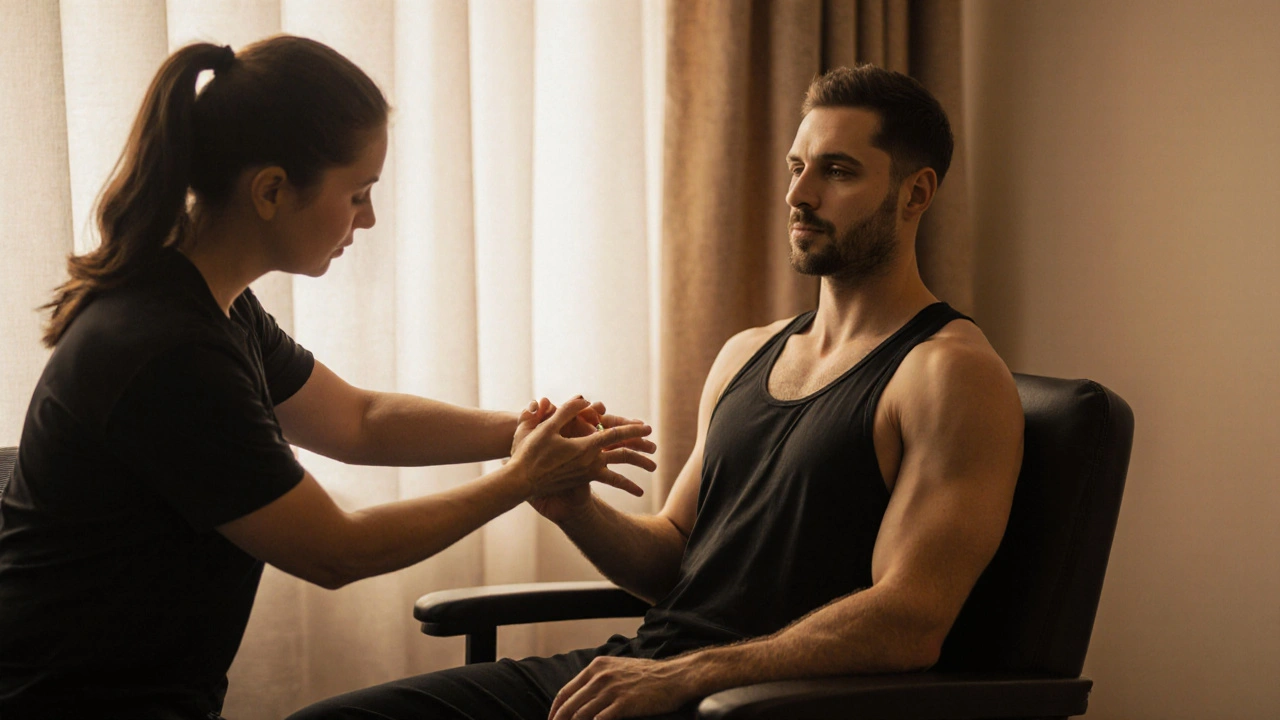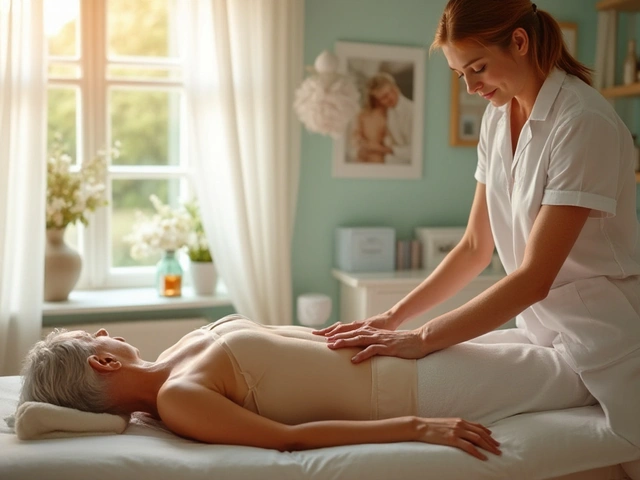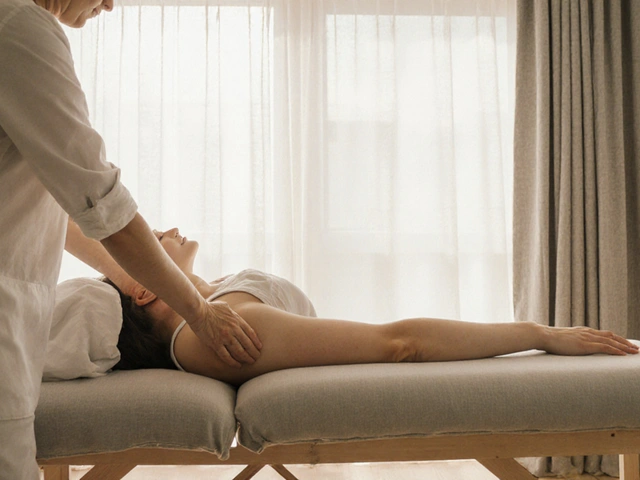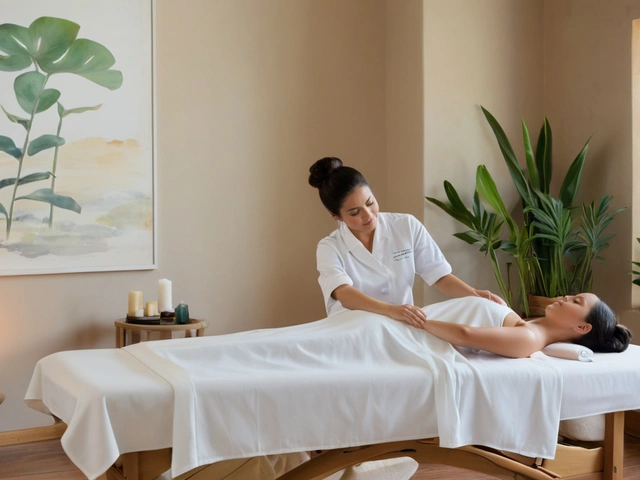Gentle therapy: low-force care that actually helps pain, movement, and stress
Small, careful touch can change how your body moves and feels more than brute force. Gentle therapy uses light pressure, mindful movement, and slow stretches to reset tight muscles, calm the nervous system, and improve posture. It works well when strong deep-tissue work is too painful, when you’re recovering from injury, or when you want steady long-term results without flare-ups.
Common gentle therapies and what to expect
Hilot and Lomi Lomi use flowing strokes and whole-body rhythm to ease tension and boost circulation. Expect long, smooth motions and a calming pace.
Feldenkrais and movement-based methods focus on small, intentional movements to retrain how your body moves. Sessions feel like guided gentle exercises that slowly expand what you can do.
Ortho-Bionomy and Rolfing-style approaches can be gentle too: subtle positioning and short holds let your body unwind without pain. These are great for posture and chronic tightness.
Acupressure and polarity therapy target points to reduce headaches, stress, and muscle tightness with minimal pressure. Stone therapy and warm stones are low-effort ways to relax muscles and improve sleep during the session.
Palliative and blind massage show how touch can soothe emotional pain as much as physical pain. These methods focus on comfort, breathing, and a sense of safety rather than deep manipulation.
How to pick a practitioner and prepare
Ask about training and typical clients. Say, “Do you work with people recovering from surgery, pregnancy, or chronic pain?” A good practitioner will explain why they chose a gentle approach and how many sessions clients usually need.
Tell them about medications, recent surgery (including tendon or joint procedures), implants, or conditions like osteoporosis and blood clotting disorders. If you have a medical issue, check with your doctor first—gentle therapy can often complement medical care, but it shouldn’t replace urgent treatment.
Wear loose clothes for movement sessions. For hands-on massage, bring a change of clothes and a short health history. Plan light activity after a session—gentle therapy can make you feel loose but a bit tired for a few hours.
Tips to get more from each visit: breathe slowly during treatment, give feedback about pressure and pain, and try follow-up home practices your therapist suggests (short movement drills or self-acupressure). Results stack over time, so allow several sessions before deciding if it’s right for you.
Safe reasons to skip or delay treatment: active infection, uncontrolled fever, fresh fractures, or open wounds. When in doubt, ask your practitioner and your primary care clinician.
Want to explore specific methods? Check our guides on Feldenkrais, Hilot, Ortho-Bionomy, Amma, stone therapy, and palliative massage to find which gentle approach fits your body and goals.

How Ortho-Bionomy Speeds Up Sports Injury Recovery
Ortho-bionomy helps athletes recover faster by gently resetting the nervous system's response to pain. Unlike forceful therapies, it uses minimal pressure to reduce guarding and fear, making movement easier and recovery smoother.

Ortho-Bionomy: A New Hope for Chronic Pain Sufferers
Ortho-Bionomy is shaking up how people deal with chronic pain, swapping harsh treatments for gentle, body-led movements. This article digs into what makes Ortho-Bionomy different and how it taps into the body's natural healing instincts. If you've tried everything from painkillers to deep tissue massages, this might just be the gentle breakthrough you’re looking for. Get ready for some real facts, plenty of tips, and some honest talk about what to expect. The hope here is simple: less pain, more freedom.
Categories
- Health and Wellness (148)
- Alternative Therapies (86)
- Massage Therapy (40)
- Travel and Culture (15)
- Beauty and Skincare (9)
- Holistic Health (8)
- Health and Fitness (5)
- Spirituality (5)
- Other (2)
- Personal Development (2)



